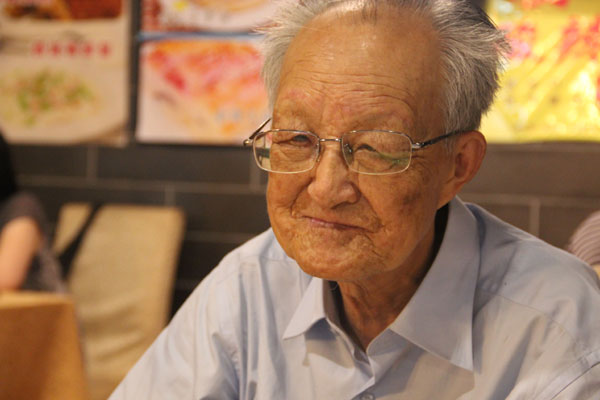
 |
|
Shen Xieyuan, a retired expert on ancient books, still works at the Nanjing Library daily. MEI JIA/CHINA DAILY |
To Nanjing Library's veteran ancient book restorer, Yang Laijing, mending ancient books is like doing a jigsaw puzzle.
"It's a time consuming job," says Yang, who has been doing the job for 40 years.
"I treat it like playing a game. Otherwise, I wouldn't have the patience and energy. Most young people find the job too dry and are not willing to take it up," Yang adds.
Nanjing Library is known for its ancient book collections. It has 1.6 million volumes of ancient books and 700,000 volumes of books printed from the 1910s to 1940s, also known as minguo books.
Among them, 140,000 volumes are rare books, and about 200 titles are precious and priceless books from the Song (960-1279) and Yuan (1271-1368) dynasties.
|
Related:? |
The minguo books were printed on paper using Western papermaking methods. Thus, the repair procedures are similar to the West.
But for ancient Chinese books, the way to restore them is unique. They are usually worn out on the edges. To repair the pages, a new piece of paper is stuck at the back of the original piece. This is done as the pages are printed only on one side.
"Our equipment and skills in restoring ancient Chinese books surprise even visiting foreign experts," says Chen Xujun, director of the repair center under the library's Historical Archives Department.
Chen says though worm holes can be fixed by machine, the library only trusts its rare books in the hands of experienced repairers like Yang.
"Yang is so experienced that he only needs to touch and look at a book to be able to tell the date of publication and edition," Chen adds.
The library also has veteran experts on ancient books like Shen Xieyuan, 89, a keen history-watcher who is also up-to-date with the latest news.
Although he has long retired, Shen still goes to the library daily to help sort out and catalog the ancient books.
The director of the Historical Archives Department Chen Li says the library is proud of the condition of its rare and ancient books.
In 2006, it acquired bookshelves made with camphor, costing 12 million yuan ($ 1.9 million).
The shelves follow a computerized system and are housed in rooms with the optimum temperature and humidity, to prevent the books from degenerating.
"The walls of the rooms are as thick as a bank," Chen says.
She says the library is among the few libraries in the country that opens its ancient book collections to readers daily.
Although the library has been using microfiches since the 1980s, it's now publicizing its collections to the public through publishing and digitization.
"We are gearing up to use the latest technology to digitize these treasures to reach out to the public," Chen says.
meijia@chinadaily.com.cn